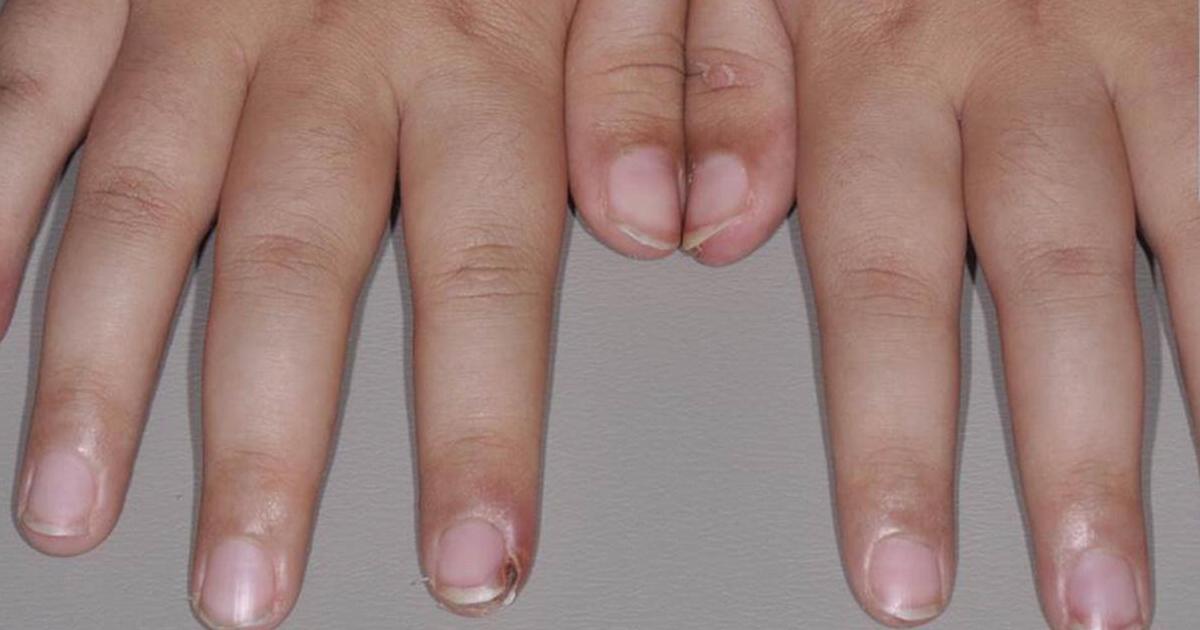What Are The Symptoms Of Hay-Wells Syndrome?
Misshapen Finger And Toenails

Nail dystrophies or misshapen finger and toenails are a common symptom that occurs in individuals who have Hay-Wells syndrome. The mutations that cause Hay-Wells syndrome to develop can also cause disruptions in the numerous keratinous layers of the fingernail and toenail plates. Most often, these plates develop only partially or into irregular shapes. In addition, soft yellow keratinous material often builds up between the misshapen fingernail or toenail plate and the bed of the nail. This build-up of material causes the plates to become abnormally elevated in some individuals affected by Hay-Wells syndrome. The nails in affected individuals may also be smaller than average and or thicker than normal. The nails of these patients may also exhibit excessive ridging and or a hyperconvex shape. In addition, individuals affected by Hay-Wells syndrome may also have very brittle finger and toenails with the absence of normal growth. In some cases, the irregular shape of the nails can cause the patient to develop frequent cuticle infections.
Learn more about the warning signs of Hay-Wells syndrome now.